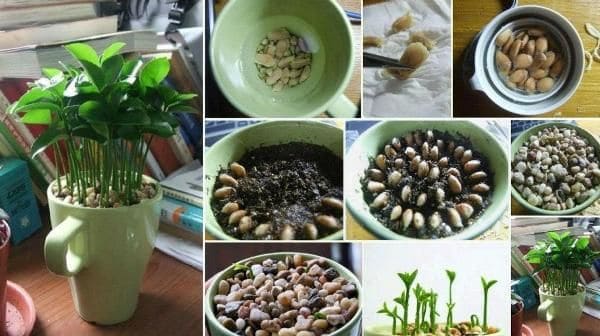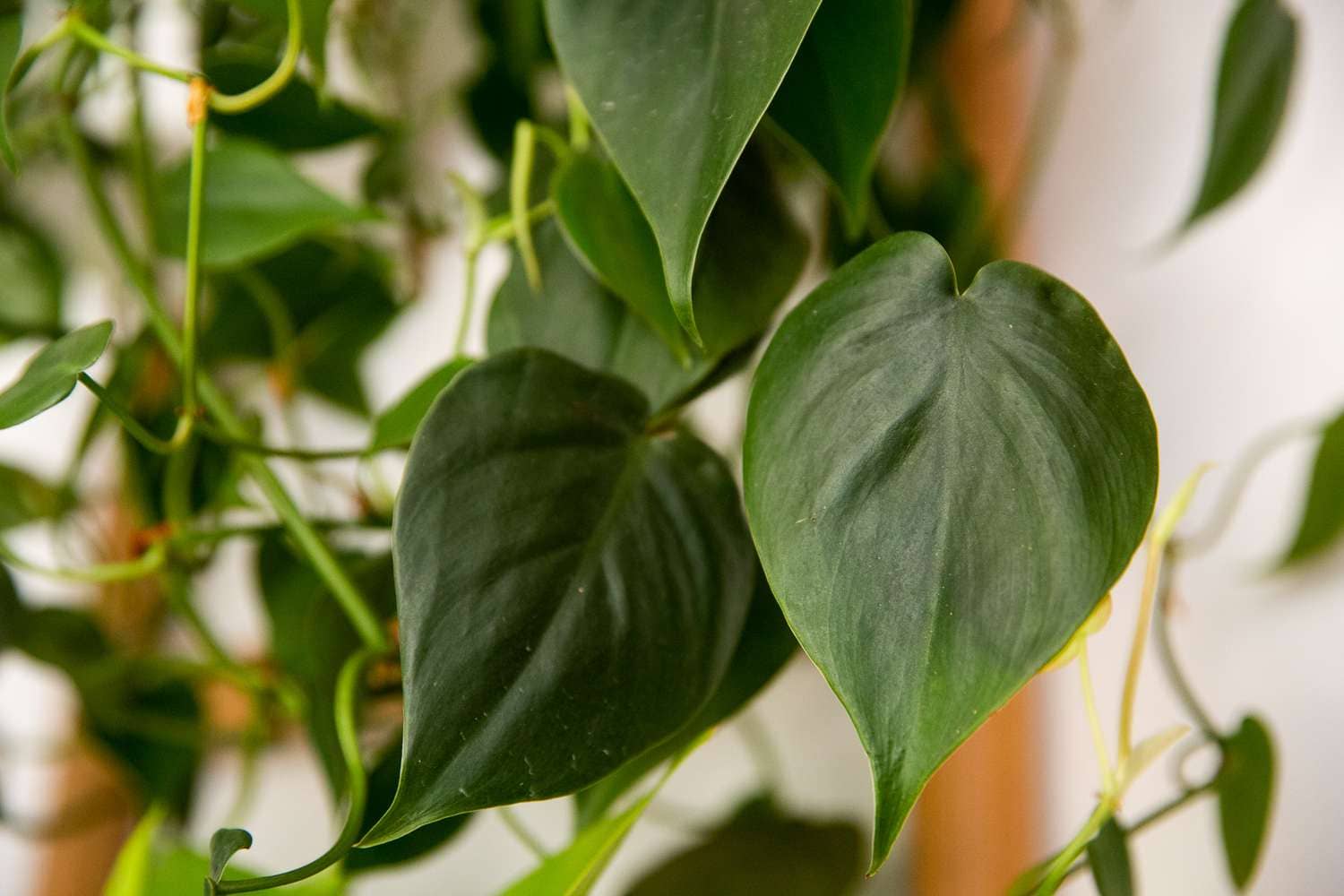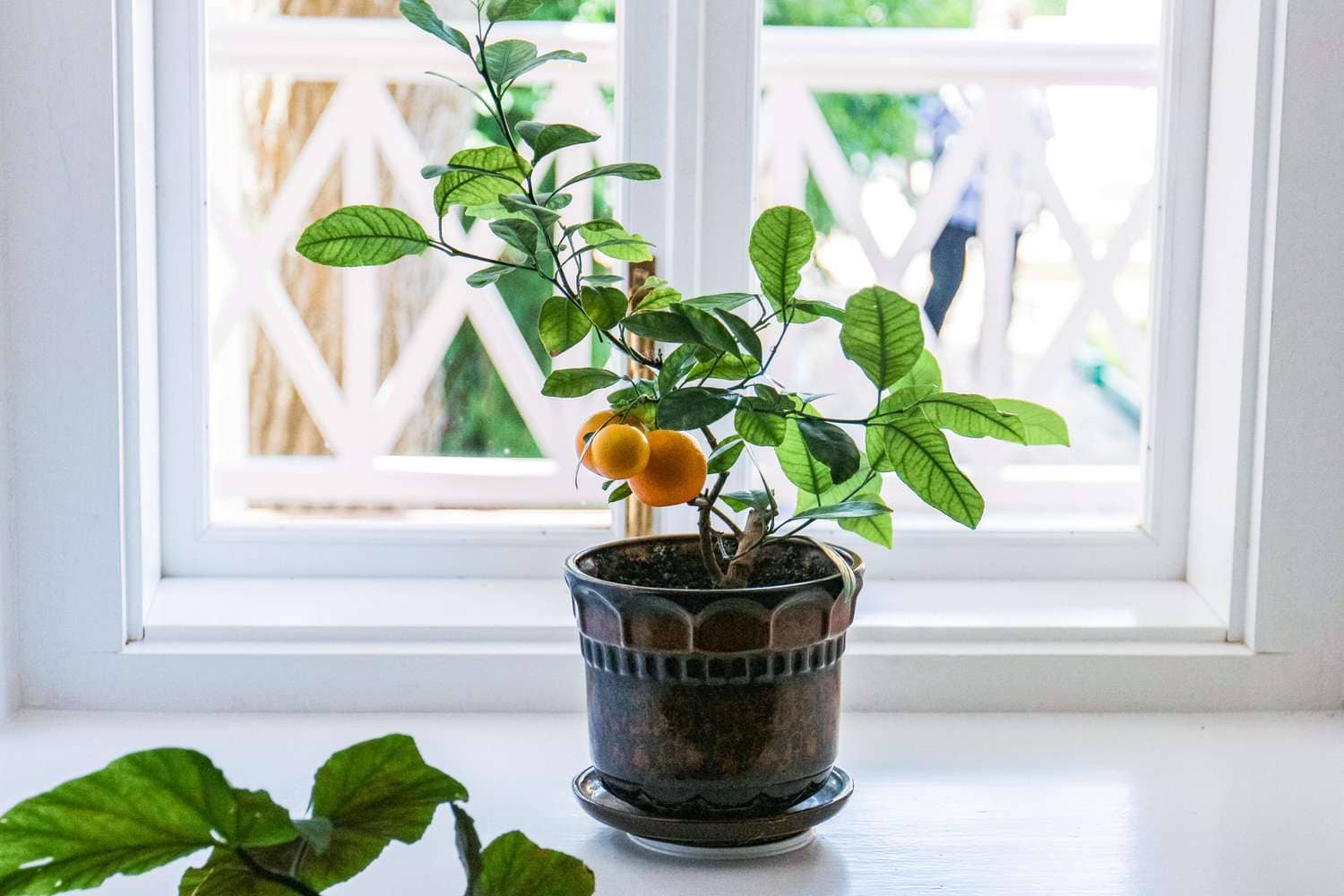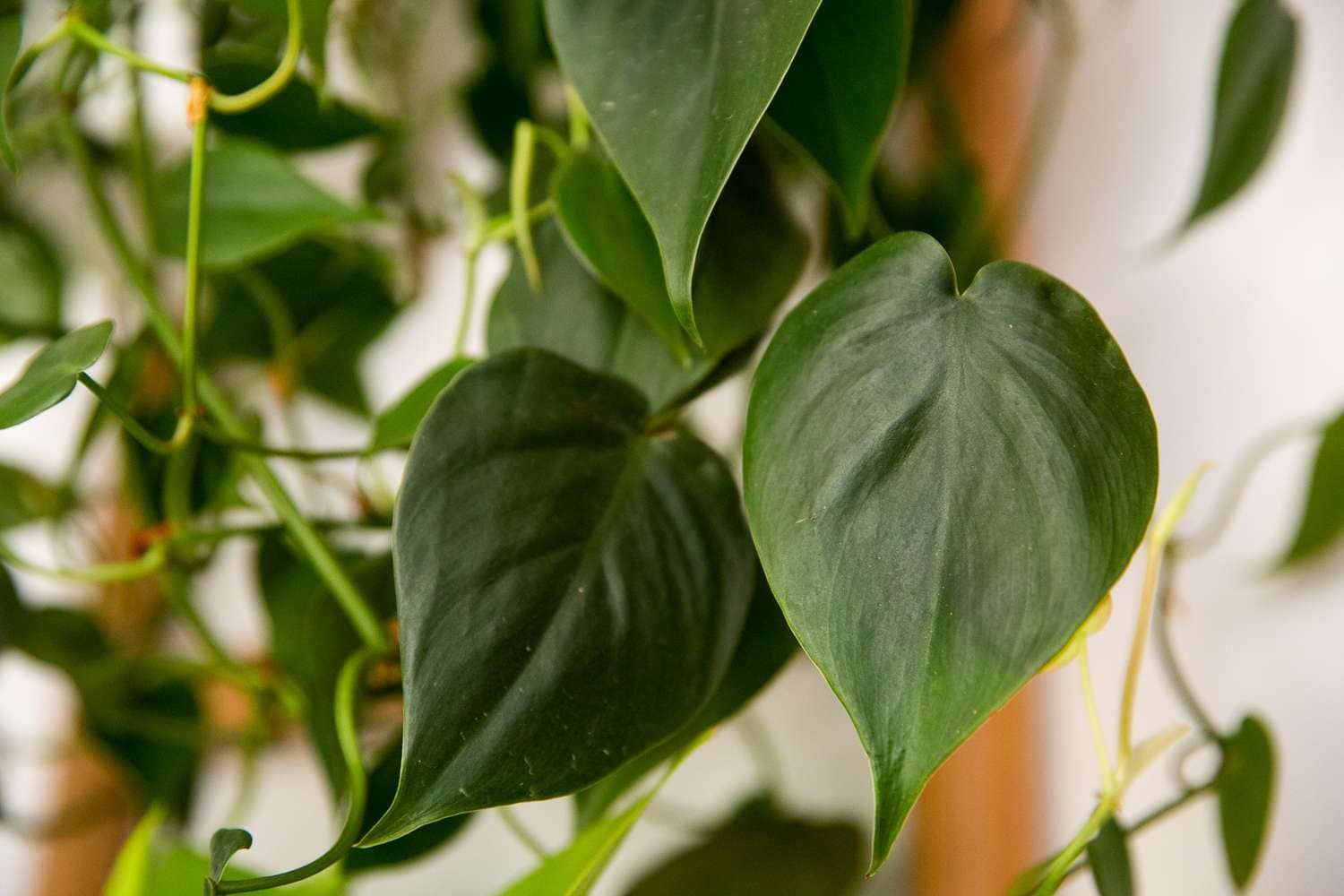Introduction:
Carpenter bees, often mistaken for bumblebees due to their similar appearance, play a crucial role in pollination. However, their nesting habits sometimes lead to structural damage, particularly to wooden structures. Constructing carpenter bee homes can offer a solution that benefits both these valuable pollinators and human structures. In this guide, we’ll explore the importance of carpenter bees, the potential damage they cause, and how to construct suitable habitats to encourage them away from destructive nesting sites.
Understanding Carpenter Bees:
Carpenter bees belong to the genus Xylocopa and are solitary bees that don’t live in colonies like honeybees. They’re essential pollinators for various flowering plants, including fruits and vegetables. Unlike honeybees, carpenter bees are solitary nesters, with each female creating her own nest rather than living in a hive.
Nesting Habits and Damage:
Carpenter bees prefer nesting in untreated wood, such as fence posts, eaves, decks, and wooden structures. They excavate tunnels into the wood to create galleries where they lay their eggs and raise their young. While their nesting habits are natural, they can cause significant damage over time, weakening structures and leading to costly repairs.
Benefits of Providing Carpenter Bee Homes:
Constructing specific habitats for carpenter bees offers several benefits. First, it provides an alternative nesting site away from human structures, reducing the likelihood of damage to buildings. Second, it encourages carpenter bees to stay in the area, promoting pollination of nearby plants and crops. Lastly, it fosters biodiversity, supporting the overall health of ecosystems.
Designing Carpenter Bee Homes:
When designing carpenter bee homes, certain features can make them attractive to these pollinators. Here are some key considerations:
- Material: Use untreated wood, such as cedar or pine, which carpenter bees prefer for nesting.
- Size: Create tunnels with diameters between 6 to 10 mm and depths of at least 15 cm to accommodate carpenter bee nesting preferences.
- Orientation: Position the bee homes facing east or southeast to catch the morning sun, as carpenter bees are more active in warmer temperatures.
- Protection: Install roof overhangs or caps to protect the entrances from rainwater, which can deter nesting.
Building Carpenter Bee Homes: Follow these steps to construct carpenter bee homes:
- Cut wooden blocks or logs to your desired size, ensuring they’re untreated and free from chemical preservatives.
- Drill holes into the wood using a drill bit of the appropriate diameter and depth. Space the holes at least 3 cm apart to prevent overcrowding.
- Sand the edges of the holes to remove any rough surfaces that could injure the bees.
- Install roof overhangs or caps to protect the bee homes from the elements.
- Mount the bee homes on sturdy posts or structures at least 1.5 meters above the ground to prevent easy access for predators.
Maintaining Carpenter Bee Homes:
Regular maintenance is essential to ensure carpenter bee homes remain attractive and functional. Here are some maintenance tips:
- Inspect the bee homes annually for signs of damage or wear.
- Clean out old nests using a small brush or compressed air to make room for new occupants.
- Replace any damaged or deteriorating wood to maintain structural integrity.
- Monitor bee activity to gauge the effectiveness of the habitats and make adjustments as needed.
Conclusion:
Constructing carpenter bee homes provides a win-win solution for both humans and pollinators. By offering suitable nesting sites away from human structures, we can mitigate damage while supporting the essential role carpenter bees play in ecosystem health. With proper design, construction, and maintenance, carpenter bee homes can contribute to biodiversity and sustainable pollination practices. Start building today to create a welcoming environment for these valuable pollinators.





